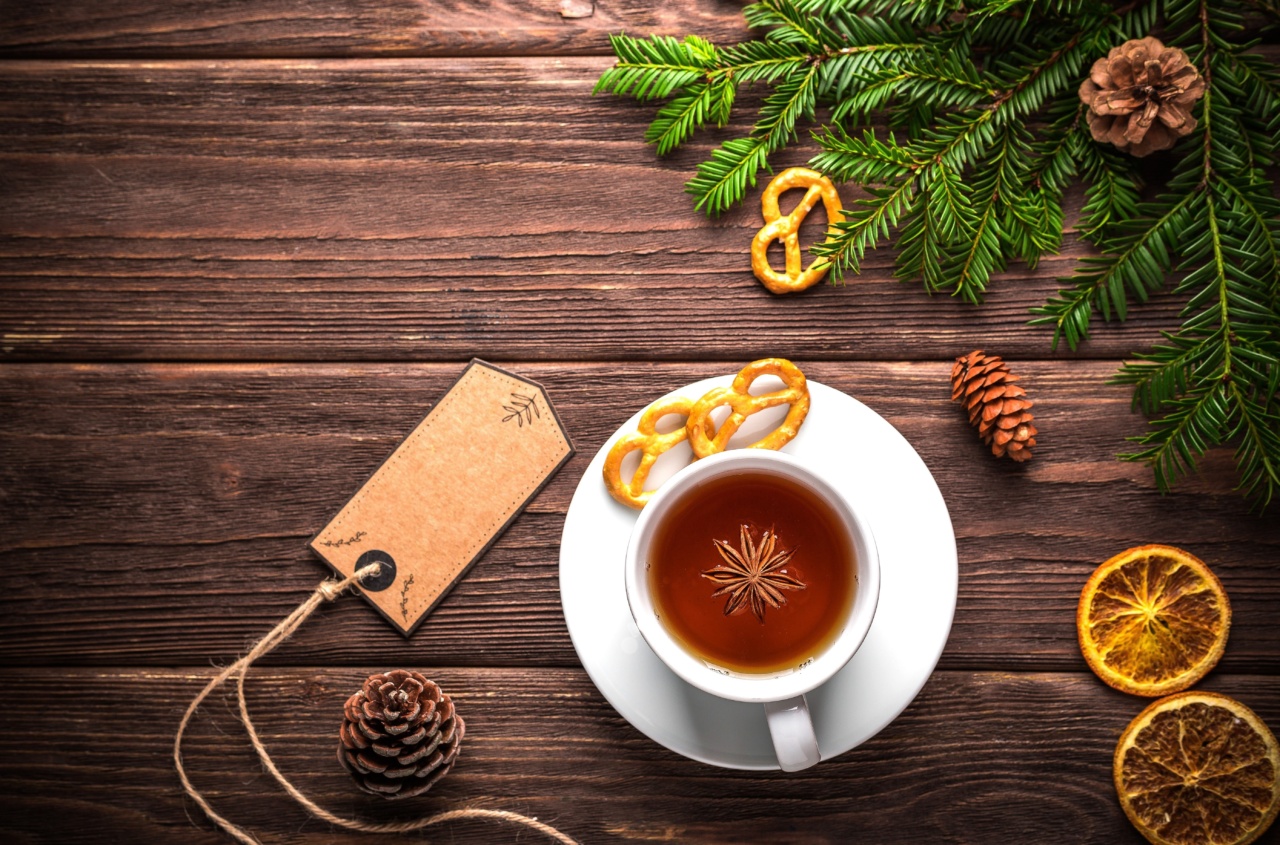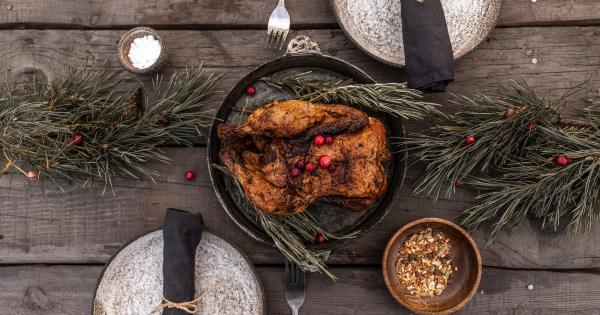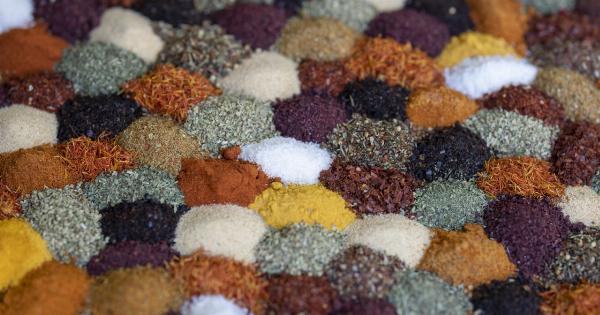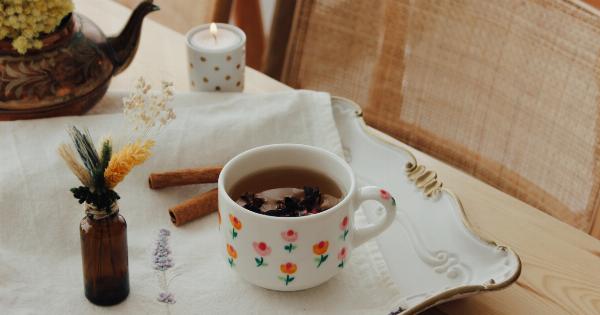The holiday season always brings to mind images of cozy fireplaces, twinkling lights, and the delicious aroma of warm spices. For many people, the quintessential Christmas spice is cinnamon.
But did you know that not all cinnamon is created equal? In fact, one type of cinnamon can be quite toxic if consumed in large quantities. Let’s explore which spice we need to be careful of this holiday season and how to enjoy it safely.
What is Cassia Cinnamon?
Most people don’t realize that there are two types of cinnamon – Ceylon cinnamon and Cassia cinnamon. Ceylon cinnamon is often referred to as “true cinnamon” and is the variety most commonly found in Europe and Mexico.
Cassia cinnamon, on the other hand, is the variety most commonly found in the United States and Canada.
Cassia cinnamon is derived from the bark of Cinnamomum cassia trees. This spice has a darker color and a stronger, sweeter taste than Ceylon cinnamon.
It is also cheaper to produce, which is why it is the most widely used type of cinnamon in the US and Canada.
The Dangers of Coumarin
While Cassia cinnamon may be popular, it comes with a risk. A natural compound called coumarin can be found in high amounts in Cassia cinnamon. In small doses, coumarin can be beneficial to our health.
It has blood-thinning properties and is used in some medications to treat blood clots.
However, in large doses, coumarin can be toxic to the liver and can cause damage to the kidneys and lungs. The European Food Safety Authority has recommended that people do not consume more than 0.1mg of coumarin per kg of body weight per day.
For an average adult, this translates to approximately 5mg of coumarin per day. However, Cassia cinnamon can contain up to 1200 times more coumarin than Ceylon cinnamon.
Consuming too much Cassia cinnamon can lead to a variety of health problems, including liver damage, reduced kidney function, and even cancer.
Additionally, pregnant women are advised to avoid Cassia cinnamon because of its potential to cause miscarriage.
How to Enjoy Cinnamon Safely
Don’t let the dangers of coumarin scare you away from enjoying the holiday flavor of cinnamon! There are ways to enjoy this spice safely:.
- Choose Ceylon cinnamon over Cassia cinnamon whenever possible. This variety of cinnamon contains very little coumarin and is safe to consume in larger quantities.
- If you do choose to use Cassia cinnamon, use it sparingly. Only a small amount is needed to add flavor to your dishes, so stick to the recommended serving sizes provided on packaging.
- Consider using cinnamon sticks instead of ground cinnamon. By using a cinnamon stick, you can easily remove it from your dish before consuming it, reducing your coumarin intake.
- Be aware of other sources of coumarin in your diet. Coumarin is also found in other foods such as cherries, celery, and vanilla. By limiting your intake of these other foods, you can safely consume more cinnamon in your diet.
The Bottom Line
Cinnamon is a delicious and popular holiday spice, but it’s important to be aware of the risks associated with consuming too much Cassia cinnamon.
By choosing Ceylon cinnamon whenever possible, using Cassia cinnamon in moderation, and being aware of other sources of coumarin in your diet, you can continue to enjoy the flavor of this beloved spice safely!.































